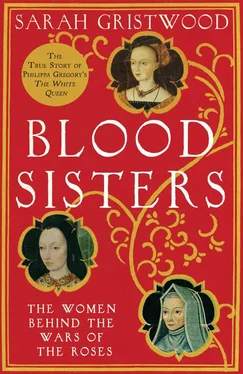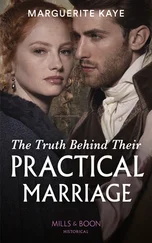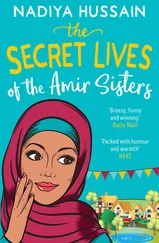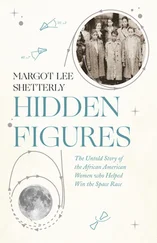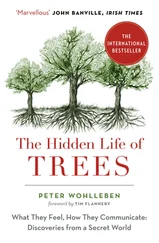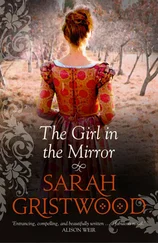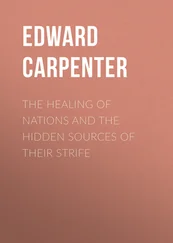Her kinsman the Duke of Orléans wrote that Marguerite seemed as if ‘formed by Heaven to supply her royal husband the qualities which he required in order to become a great king’. But the English expectations of a queen were not those of a Frenchman, necessarily. Marguerite’s mother, Isabelle of Lorraine, had run the family affairs while René of Anjou spent long years away on campaign or in captivity. Her grandmother, Yolande of Aragon, in whose care she spent many of her formative years, had acted as regent for her eldest son, Marguerite’s uncle; and she had been one of the chief promoters of Joan of Arc, who had helped sweep the French Dauphin to victory against the English. Those English, by contrast, expected their queens to take a more passive role. Uncomfortable memories still lingered of Edward II’s wife Isabella, little more than a century before: the ‘she-wolf of France’, as Marguerite too would be dubbed, who was accused of having murdered her husband to take power with her lover. Had Marguerite’s new husband been a strong king, the memories might never have surfaced – but Henry showed neither inclination nor ability for the role he was called on to play.
Henry VI had succeeded while in his cradle, and had grown up a titular king under the influence of his older male relatives. Perhaps that had taught him to equate kingship with passivity. For although Henry had now reached adulthood he still, at twenty-three, showed no aptitude for the reins of government. There has always been debate over what, if anything, was actually wrong with Henry. Some contemporaries describe him as both personable and scholarly; others suggest he may have been simple-minded, or had inherited a streak of insanity. But what is certain is that he was notably pious, notably prudish – described by a papal envoy as more like a monk than a king – and seemed reluctant to take any kind of decision or lead. He was the last man on earth, in other words, to rule what was already a turbulent country. At the end of Henry IV Part 2 Shakespeare vividly dramatises the moment at which the new Henry V, this Henry’s father, moves from irresponsible princedom to the harsh realities of kingship. There was, however, no sign of Henry VI reaching a similar maturity. It was a situation which left Marguerite herself to confront the challenges of monarchy.
It is difficult to conjure up a picture of Marguerite or her husband in the first few years of their marriage. Anything written about them later is coloured by hindsight, and the early days of Marguerite’s career tend to be lost in the urgent clamour of events just ahead. But there is no reason to doubt that her expectation was that of a normal queenship, albeit more active than the English were accustomed to see. Though her husband’s exchequer may have been depleted, though English manners might not compare to those across the Channel, her life must at first have been one of pleasant indulgence.
Christine de Pizan gives a vivid picture of life for a lady at the top of the social tree. ‘The princess or great lady awaking in the morning from sleep finds herself lying in her bed between soft, smooth sheets, surrounded by rich luxury, with every possible bodily comfort, and ladies and maids-in-waiting at hand to run to her if she sighs ever so slightly, ready on bended knee to provide service or obey orders at her word.’ The long list of estates granted to Marguerite as part of her dower entitlement forms an evocative litany:
To be had, held and kept of the said Consort of Henry, all the appointed Castles, Honours, Towns, Domains, Manors, Wapentaches, Bales, county estates, sites of France, carriages, landed farms, renewed yearly, the lands, houses, possessions and other things promised, with all their members and dependencies, together with the lands of the Military, Ecclesiastic advocacies, Abbotcies, Priories, Deaneries, Colleges, Capellaries, singing academies, Hospitals, and of other religious houses, by wards, marriages, reliefs, food, iron, merchandize, liberties, free customs, franchise, royalties, fees of honour … forests, chaises, parks, woods, meadows, fields, pastures, warrens, vivaries, ponds, fish waters, mills, mulberry trees, fig trees …
It is the same genial picture of a queen’s life that can be seen in a tapestry that may have been commissioned for Marguerite’s wedding – there are Ms woven into the horses’ bridles, and marguerites, her personal symbol, are sported by the ladies. It depicts a hunting scene bedecked with flowers and foliage, the ladies in their furred gowns, hawk on wrist, wearing the characteristic headdress of the time, a roll of jewelled and decorated fabric peaking down over the brow and rising behind the head. Hunting, with ‘boating on the river’, dancing and ‘meandering’ in the garden were all recreations allowed by Christine de Pizan in a day otherwise devoted to the tasks of governance (if relevant), religious duties and charity. Visiting the poor and sick, ‘touching them and gently comforting them’, as she wrote, sounds much like the work of modern royalty. ‘For the poor feel especially comforted and prefer the kind word, the visit, and the attention of the great and powerful personage over anything else.’ Letters show Marguerite asking the Archbishop of Canterbury to treat ‘a poor widow’ with ‘tenderness and favour’; and seeking alms for two other ‘poor creatures and of virtuous conversation’.
But Marguerite had been brought up to believe that queenship went beyond simple Christian charity. 5Not only did she have the example of her mother and grandmother, but her father was one of the century’s leading exponents of the chivalric tradition, obsessed with that great fantasy of the age, the Arthurian legends. Indeed, when Thomas Malory wrote his English version of the tales, the Morte d’Arthur , completed in 1470, his portrayal of Queen Guinevere may have been influenced by Marguerite. It may have been on the occasion of Marguerite’s betrothal that René organised a tournament with knights dressed up as Round Table heroes and a wooden castle named after Sir Lancelot’s Joyeuse Garde. A bound volume of Arthurian romances was presented to the bride.
René was the author not only of a widely translated book on the perfect management of the tournament, but also of the achingly romantic Livre de Coeur de L’Amour Epris . He may have illustrated it, too; and if so, it has been suggested that his figure of Hope – who repeatedly saves the hero – may have been modelled on Marguerite. Queens in the Arthurian and other legends of chivalry were not only active but sometimes ambiguous creatures. Ceremonious consorts and arbiters of behaviour, they were also capable of dramatic and sometimes destructive action: it was Guinevere who brought down Camelot.
The two visions of queenship came together in the Shrewsbury – or Talbot – Book, a wedding present to Marguerite from John Talbot, Earl of Shrewsbury. Although one of England’s most renowned military commanders, he would not play much part in the political tussles ahead. On the illuminated title page, Henry and Marguerite are seated crowned and hand in hand, her purple mantle fastened with bands of gold and jewels, the blue background painted with gold stars. At her feet kneels Talbot, presenting his book which she graciously accepts, the faintest hint of a smile lurking under her red-gold hair. All around are exquisite depictions of the daisy, her symbol. The image is at once benign and stately, an idealised picture of monarchy – for all that the facing page, tracing Henry VI’s genealogical claim to be king of France as well as of England, hints at political controversy. An anthology of Arthurian and other romances, poems and manuals of chivalry, the book also includes Christine de Pizan’s treatise on the art of warfare and one on the art of government – a guide not only to conducting one’s emotional life but also to running a country.
Читать дальше
